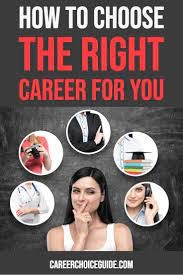CTE Shop Class: NOW – IT’S HIGH-TECH
Don’t be fooled by statistics
By Mike Porcelli

Schools should provide education that matches students’ abilities and talents. Many education experts now agree.
Michael J. Petrilli, leader of the Hoover Institution’s education policy think tank, the Thomas B. Fordham Institute, says: “Those of us in the policy world have gotten it wrong… thinking that high schools’ only job is preparing kids for a four-year liberal arts degree.”
I’ve seen how this, “college for every student policy,” has destroyed trade education. For decades, students whose abilities and learning styles do not conform with the opinions of school administrators, have been deprived of their best educational opportunities in CTE programs, and subsequently – highly lucrative careers.
In 1994, President Bill Clinton said, “We are living in a world where what you earn is a function of what you can learn.”
With that in mind, parents who want their children to achieve success, try to guide them toward their best educational options. Unfortunately for many, especially low-income parents with limited education backgrounds themselves, this is an impossible task. They therefore rely on so-called “experts” for advice.
Since I was in grade school, most giving career guidance have spouted statistics showing that college graduates earn much more than non-grads – leading students and parents to believe that the only path to success is a sheepskin. This has led millions to drop out of colleges – with low skills and high levels of debt.
Here’s how the experts’ figures are misleading. They generally compare the lifetime earnings of all college grads to those with just a high school diploma. These numbers are distorted by the earnings of people at the extreme high and low ends. For example, most professional sports stars making millions each year, and other top-tier professionals, have college degrees. This tends to skew their income distribution toward the higher end of the spectrum. Conversely, unemployed, partially unemployed and part-time workers lower the average income of those without college.
I suggest that a better examination would assess the earnings of the middle 80 percent of the worker population. When comparing median earnings of most college grads to the same segment with a high school education and some sort of trade-certification, the earnings gap all but disappears.
Although the disparity in earnings of college graduates and those with only a high school education may be great, when compared to high school grads with trade skills certifications, for most of the population, there is no distinguishable difference in incomes.
Consider this when choosing schools: Recent statistics show median earnings of Ph.D.s in the humanities were $80,000 and the median earnings for all Ph.D.s are generally $104,000. Most skilled trade workers in New York City make much more than that, working in both the public and private sectors – with little or no college debt.
Who’s smarter now?

Academic & Trade Education are Two Sides of a Coin. This column explores the impact of CTE programs on students, society, and the economy.
Mike Porcelli: life-long mechanic, adjunct professor, and host of Autolab Radio, is committed to restoring trade education in schools before it’s too late. https://www.linkedin.com/in/mike-porcelli-master-mechanic-allasecerts/



